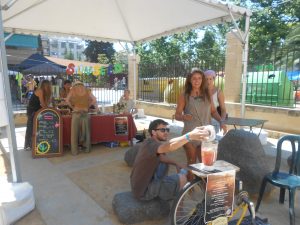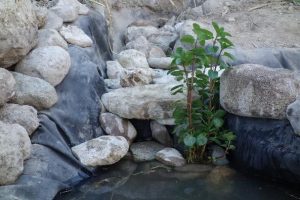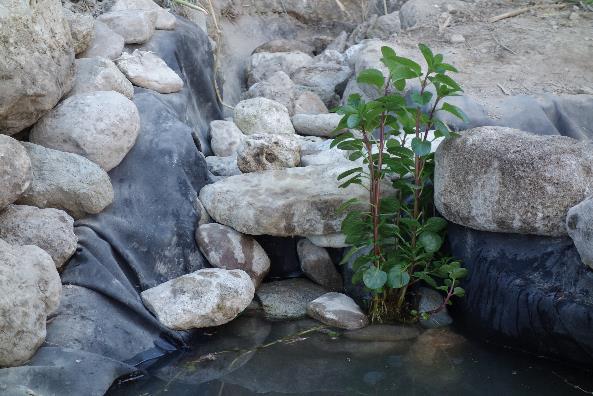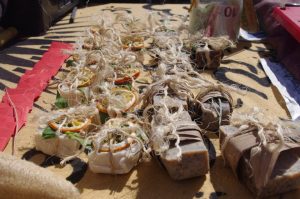Courses and Events
Last week we had the amazing opportunity to receive a very interesting and practical training on sociocracy and peacemaking, two great tools for running non-hierarchical organizations as well as for good communication and consent decision-making within communities. Deborah and Root, former managing director and education manager of the Newbold Trust, hosted the workshop and shared their valuable experience of community living with us.
Even though Sunseed had already been benefiting from the implementation of sociocratic principles, learning more about them and receiving some practical training is a way of making our community even more socially sustainable. Since it gives a structural base for ever-changing groups, sociocracy fits particularly well at Sunseed, which frequently sees people coming and going. By introducing new policies on interpersonal communication, decision-making, roles, feedbacks, peace and conflict resolution, we want to ensure an enjoyable as well as effective functioning of the project.

On this 2-day course, we were able to bring up recurrent issues and concerns, to show our appreciation for each other and to start thinking about what we could be doing even better in terms of communication. We can now practice and put into place the ideas and tools we were given, especially regarding trust building, peace designing and role modeling and reviewing.
Taking the course together, practicing gratitude and sharing ideas – as well as ending the weekend on a lighter, partying note – seem to have developed more empathy and social cohesion among us. A beautiful experience in the moment, which will hopefully be perpetuated.

Some impressions from the participants:
“Root and Deborah form an amazing duo, who complete each other’s information. Their openness and the examples given from their own life experience helped break the ice and encourage us to speak up.”
Margrit, Organic Gardens Assistant
“These two days allowed us to sharp our tools, which should result in putting less effort in work and get better results thanks to the use of non-violent communication components.”
Atreyu, Long Term Volunteer
“This course set a stepping stone in our process of growing as a community. Deborah and Root facilitated the sessions in a way that made the decision-making both effective and fun, while the peace-making tools they offered boosted our self-trust as individuals and as a group.”
Dario, Communication Coordinator
“I believe Sociocracy can lead to more peace within communities, especially when many different cultures and nationalities are represented. It can offer us a ‘being a family’ feeling.”
François, Long Term Volunteer
“Thanks to this course and the teachers sharing their own experience, we are able to separate a bit from our work constraints and be with each other in a more personal way. We learnt how to communicate calmly and with respect, as well as improving our personal well-being. I can see how this can also be beneficial for future participants in our project.”
Jenny, Office Assistant
“What an inspiring, empowering, and energizing hands-on course! A true gift to our community, carefully adjusted to our specific needs, and bringing smiles to everyone’s faces. Both a sense of individual empowerment and of common purpose were fostered, generating a joyful
motivation to apply these tools in our community life here.”
Armelle, Facilitation Coordinator






























